If your Bluetooth devices aren’t working when connected to your PC, or that you find the Bluetooth devices incompatible to your PC settings, you’re not alone. Many Windows 10 users are reporting this problem as well. But no worries, this problem is pretty easy to fix. Here are 3 options for you to try.
Method 1: Update Bluetooth driver
Method 2: Reinstall Bluetooth device driver
Method 3: Check Bluetooth services
NOTE: You can run the built-in troubleshooter to locate the exact cause of the problem.
Click: the Start button > Control Panel (View by Small icon) > Troubleshooting > Hardware and Sound.
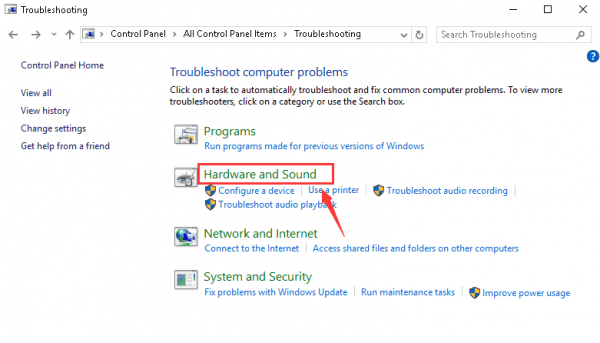
Select the Bluetooth device that you have and run the Troubleshooting.
This step might help you find the exact cause of your Bluetooth problem, but there is no guarantee that it definitely works. If it fails to do the job for you, you should follow the steps below to get this problem fixed.
1. Update Bluetooth driver
One of the first things you should do when your hardware or software suddenly stops working properly is to update the device driver.
You can do so via the Device Manager or got the manufacturer website to search for the correct driver by yourself.
If you don’t have the time, patience or computer skills to update your drivers manually, you can do it automatically with Driver Easy.
Driver Easy will automatically recognize your system and find the correct drivers for it. You don’t need to know exactly what system your computer is running, you don’t need to risk downloading and installing the wrong driver, and you don’t need to worry about making a mistake when installing.
You can update your drivers automatically with either the FREE or the Pro version of Driver Easy. But with the Pro version it takes just 2 clicks (and you get full support and a 30-day money back guarantee):
1) Download and install Driver Easy.
2) Run Driver Easy and click the Scan Now button. Driver Easy will then scan your computer and detect any problem drivers.
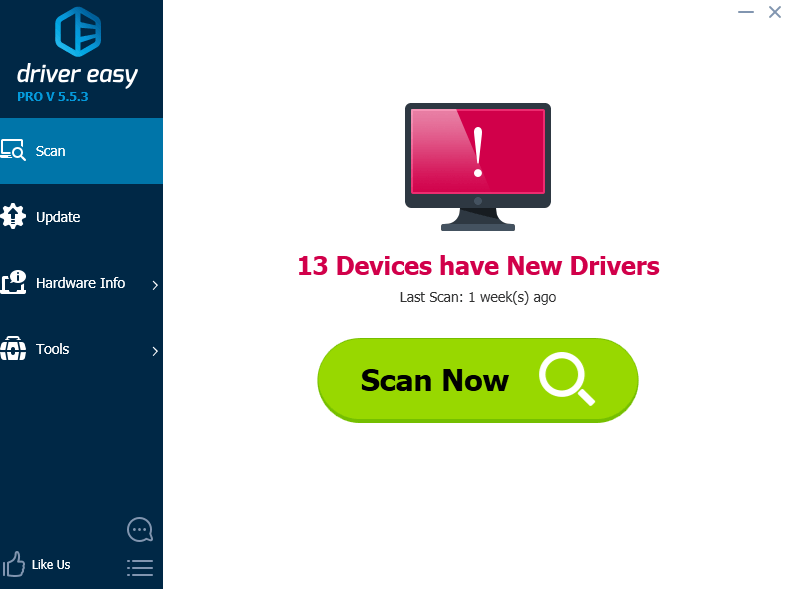
3) Click the Update button next to the flagged Bluetooth device to automatically download and install the correct version of its driver (you can do this with the FREE version).
Or click Update All to automatically download and install the correct version of all the drivers that are missing or out of date on your system (this requires the Pro version – you’ll be prompted to upgrade when you click Update All).

2. Reinstall Bluetooth device driver
If updating the Bluetooth driver doesn’t help, even though it’s very unlikely, you can try reinstall your Bluetooth driver:
1) Go to Control Panel > Programs and Features (view by Small icon). Right-click your Bluetooth device and click Uninstall.
2) On your keyboard, press the Windows logo key and X at the same time and click Device Manager.
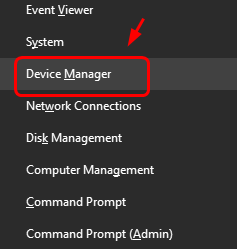
3) Expand Bluetooth. Right-click your Bluetooth device and click Uninstall.
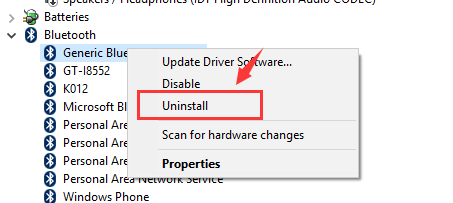
4) Restart your computer. Windows will help you reinstall the Bluetooth device driver after the reboot.
3. Check Bluetooth services
If fiddling with the drivers fail to solve this problem for you, you should check the services for Bluetooth devices on your PC:
1) On your keyboard, press the Windows logo key and R at the same time, type services.msc and press Enter.
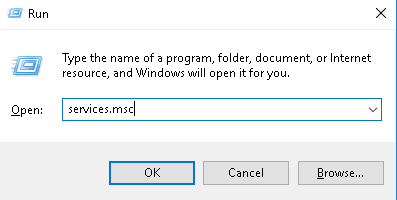
2) Right-click Bluetooth Support service and click Restart.
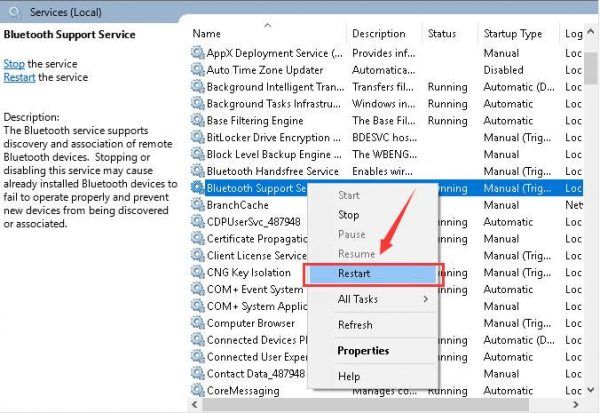
3) Double-click Bluetooth Support service to enter it Properties window. Under General tab, change the Startup type to Automatic. Then press Apply and OK to save and exit.






